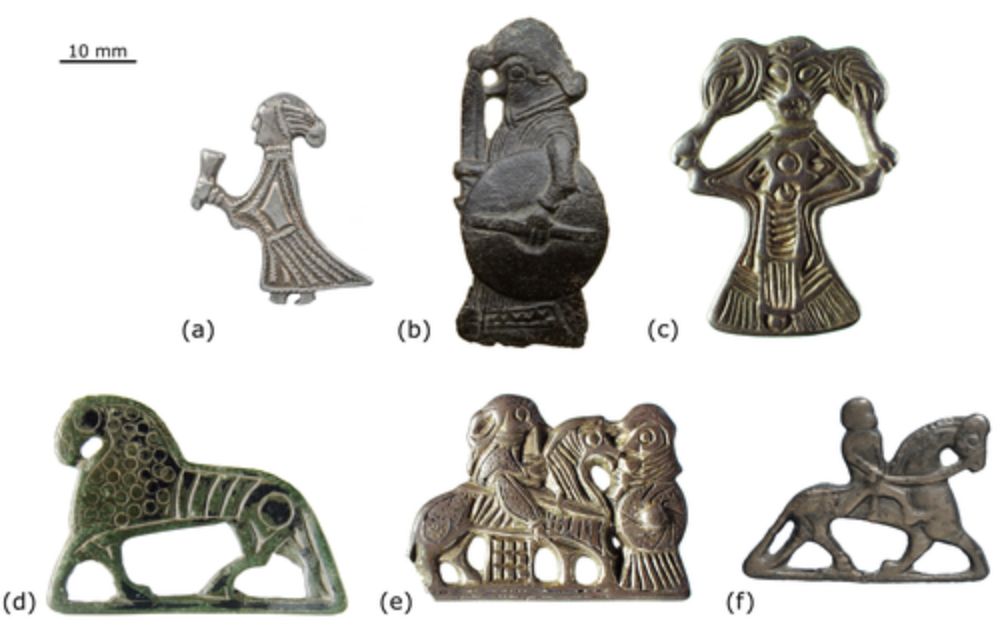
ICYMI: Deckers, P. 2025 All the single ladies? Detector finds, dispersed data and suboptimal sources in the study of Viking Age metalwork, Internet Archaeology 68. doi.org/10.11141/ia....
05.08.2025 13:55 — 👍 7 🔁 2 💬 0 📌 0@primitivemethod.bsky.social
Traditional goldsmith with a research interest in Early Medieval archaeology. In particular, complex gold hinges from the 6th and 7th centuries.

ICYMI: Deckers, P. 2025 All the single ladies? Detector finds, dispersed data and suboptimal sources in the study of Viking Age metalwork, Internet Archaeology 68. doi.org/10.11141/ia....
05.08.2025 13:55 — 👍 7 🔁 2 💬 0 📌 0Thread.
04.08.2025 10:25 — 👍 0 🔁 0 💬 0 📌 0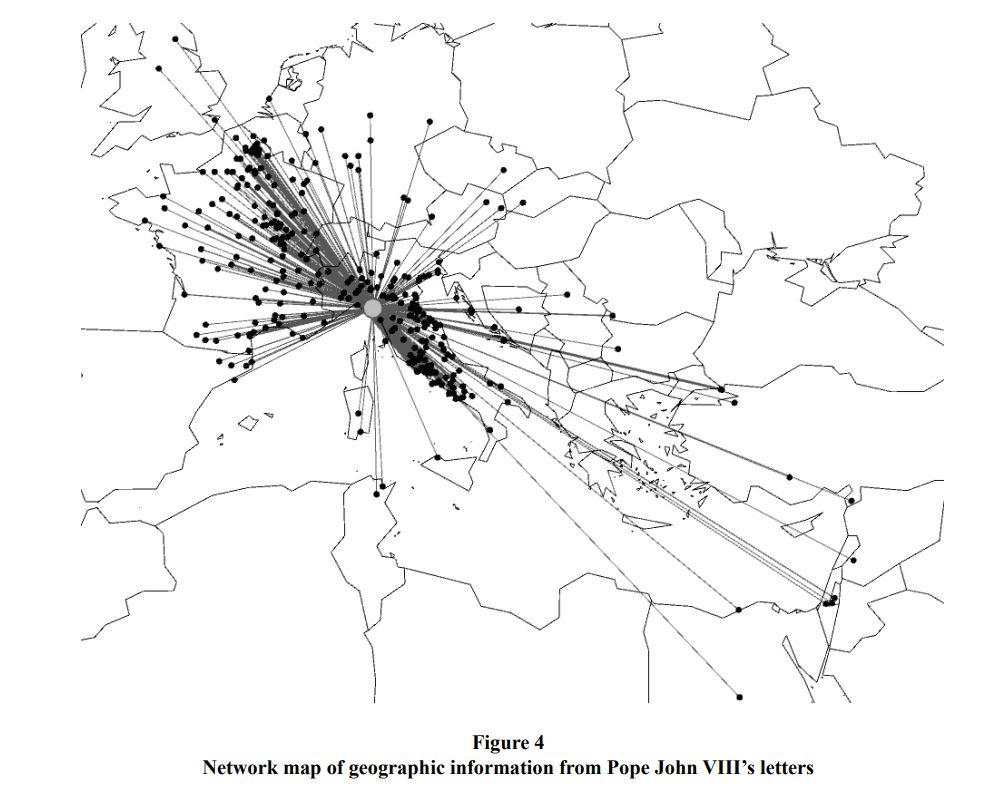
Network map of Pope John VIII's letters
A graphic showing the letter network of Pope John VIII (d. 882), from Eric Ware's splendid recent PhD thesis, "Papal letters and geographies, 844-896".
04.08.2025 08:21 — 👍 44 🔁 7 💬 4 📌 0Sutton Hoo's hinges are often in that style, but some of the complex examples from Mound 1 suggest a lineage from the Roman world via the Merovingians. It is, of course, a lot more complicated than that.
02.08.2025 07:49 — 👍 0 🔁 0 💬 0 📌 0Think of this buckle as a great uncle, several times removed. The conventions of Roman belt sets evolved into various regional styles in the Early Medieval period. The typical Anglo-Saxon hinge is the simpler 'gothic' style.
02.08.2025 07:49 — 👍 0 🔁 0 💬 1 📌 0Time isn't our friend either. Initially dated to the 4thC, a recent paper by Ellen Swift suggests the hoard was deposited in the 5thC - post-Roman, but perhaps still Romano-British.
This kind of assemblage would be recognisable to the Anglo-Saxons, but no more so than any other European. Spoons!
This example could be unique, but similar buckles with decorative details (eg. beaded wire edging on a rectangular frame) have been found in various parts of the Roman world. It was probably not produced locally.
02.08.2025 07:49 — 👍 0 🔁 0 💬 1 📌 0However, it illustrates a few concepts. As I'm studying hinges, the decoration is useful for typology, but it's the mechanism that matters.
The format of the hinge is Roman. The loop has two lugs (tubes, in this case) projecting from it. The buckle plate has 4 lugs. A pin is required to join them.
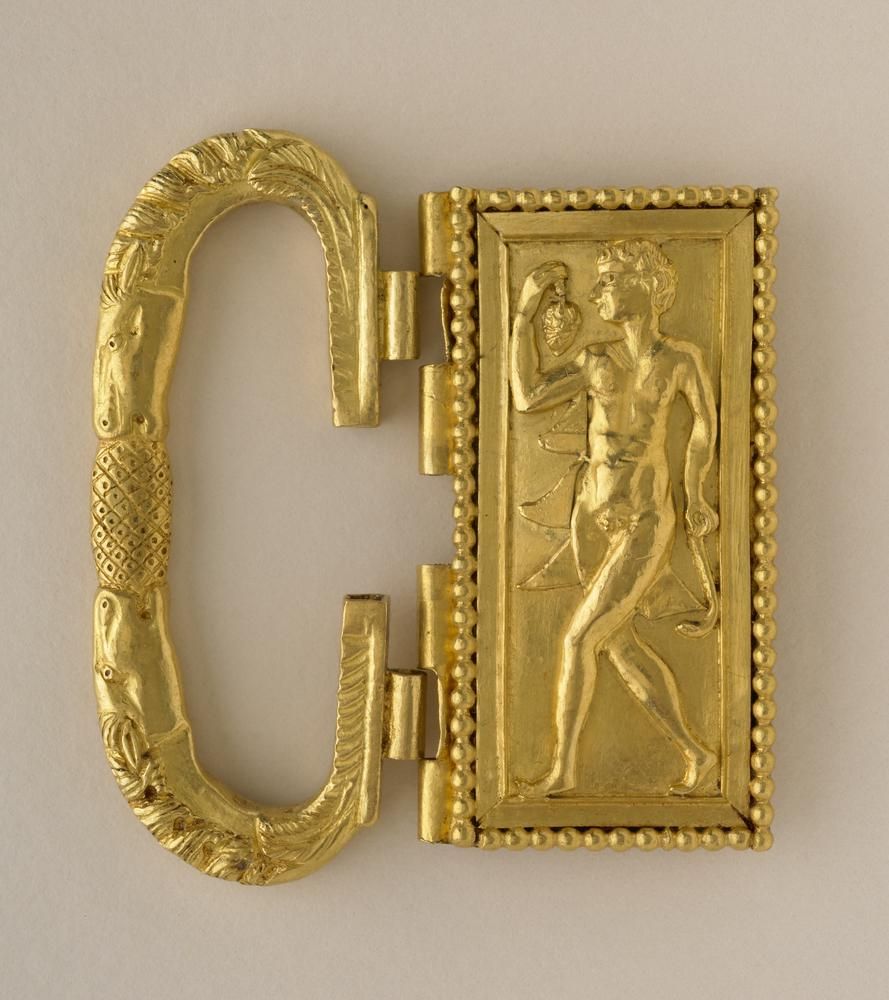
Gold buckle from the Thetford Treasure. Beaded wire edging on a rectangular buckle plate, with a figure of a Roman god, thought to be Faunus.
Buckle. Thetford Treasure. 4th/5thC.
Complex gold buckles are rare finds. This one was discovered in a hoard of jewellery. Intriguing, as it was found about 40 miles from Sutton Hoo.
It has interesting features, but no real connection to Anglo-Saxon buckles.
www.britishmuseum.org/collection/o...
I'm trying to post a picture of a buckle, but the associated rabbit hole is so deep, and I can't get out.
01.08.2025 07:31 — 👍 1 🔁 0 💬 1 📌 0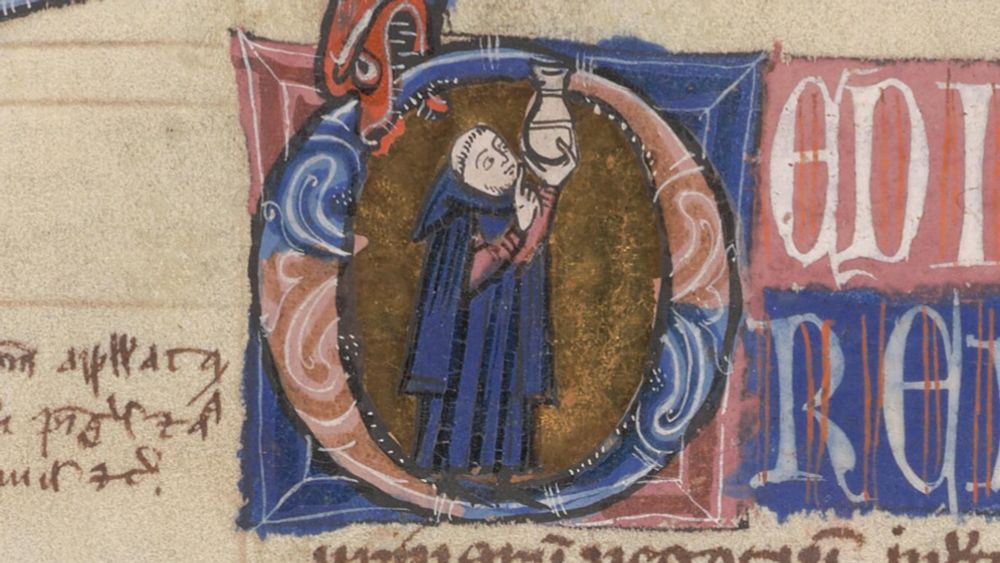
Over 7000 pages of medieval medical recipes are now freely accessible online at the end of the Curious Cures in Cambridge Libraries project.
👉 Discover more about this ambitious project and its achievements: loom.ly/XFJt-Tg
The hoard, of course, is not a burial, so the curation of the hoard was a different process to the curation of the Sutton Hoo funeral goods.
But it made me realise that hinges are not ubiquitous, and unusual hinges are rare indeed. The number, status and complexity in Sutton Hoo Mound 1 is odd.
Despite there being numerous non-buckle objects of high status in the hoard, with complex designs and clever construction, there are so few hinges. Even the helmet cheek pieces, with perforated lugs, suggest that they hang, rather than hinge, on the helmet.
28.07.2025 09:27 — 👍 0 🔁 0 💬 1 📌 0The image above is from the Staffordshire Hoard. Although my interest in hinges started with Sutton Hoo, and the Great Gold Buckle, it was looking at the Staffs Hoard catalogue that made me wonder why there are so few hinges within it. There are 4, and they are simple high-status buckles.
28.07.2025 09:27 — 👍 0 🔁 0 💬 1 📌 0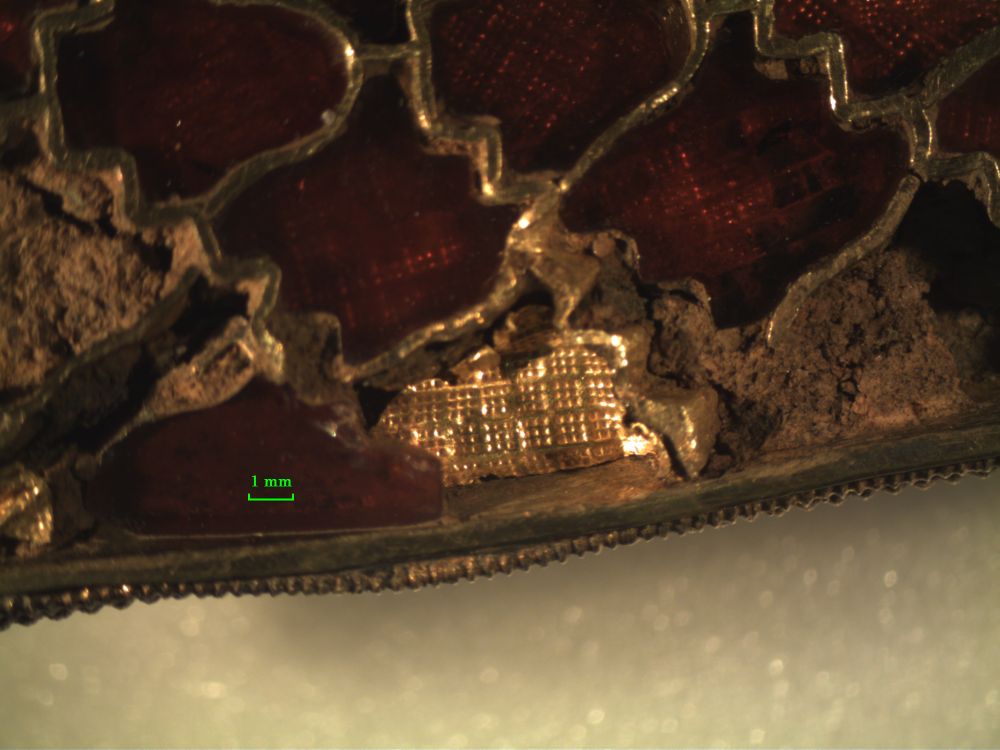
...so it doesn't seem a stretch to suggest that objects, received as gifts or loot, might be enjoyed by their owners, tracing their fingers over the interlaced patterns, looking for hidden animals, marveling at the reflector panels sitting behind the garnets.
Layers of detail, in one object.
The concept of play is difficult to apply to hinges - they are functional items, and by nature they are components of some other object with its own function.
Written riddles are well known from later centuries, and in the 6th/7thC, zoomorphic interlace + tessellated shapes are like puzzles...
All images so far are © The Trustees of the British Museum.
27.07.2025 12:58 — 👍 0 🔁 0 💬 1 📌 0These influences include most of northwest Europe, and a double dose of Romanitas - from the Byzantine world, and from the remnants and echoes of the western Roman world.
In the 6th - 7th C, almost every buckle in the British Isles has the same simple hinge. The exceptions have a story to tell.
...but that can't account for the sheer number of them, AND the complexity of some AND the unusual variations.
In my opinion, this collection of hinges is playful, and thoughtful. It reflects a refined taste in tactile gifts that reward exploration, and evoke influences from distant places.
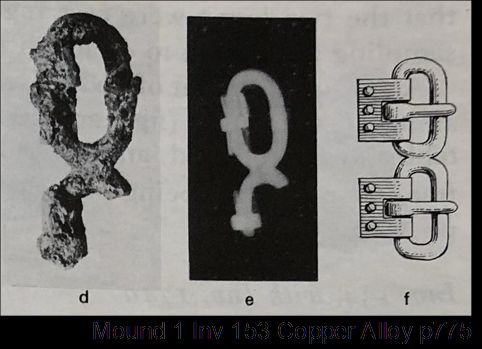
...but there was also a group of low status buckles, in a bag fastened with a tiny buckle, and a couple of them are quite odd, including the copper alloy double buckle (pictured). The rest are copper alloy or silver.
Why are there so many buckles + other hinges in Mound 1? It is richly furnished...
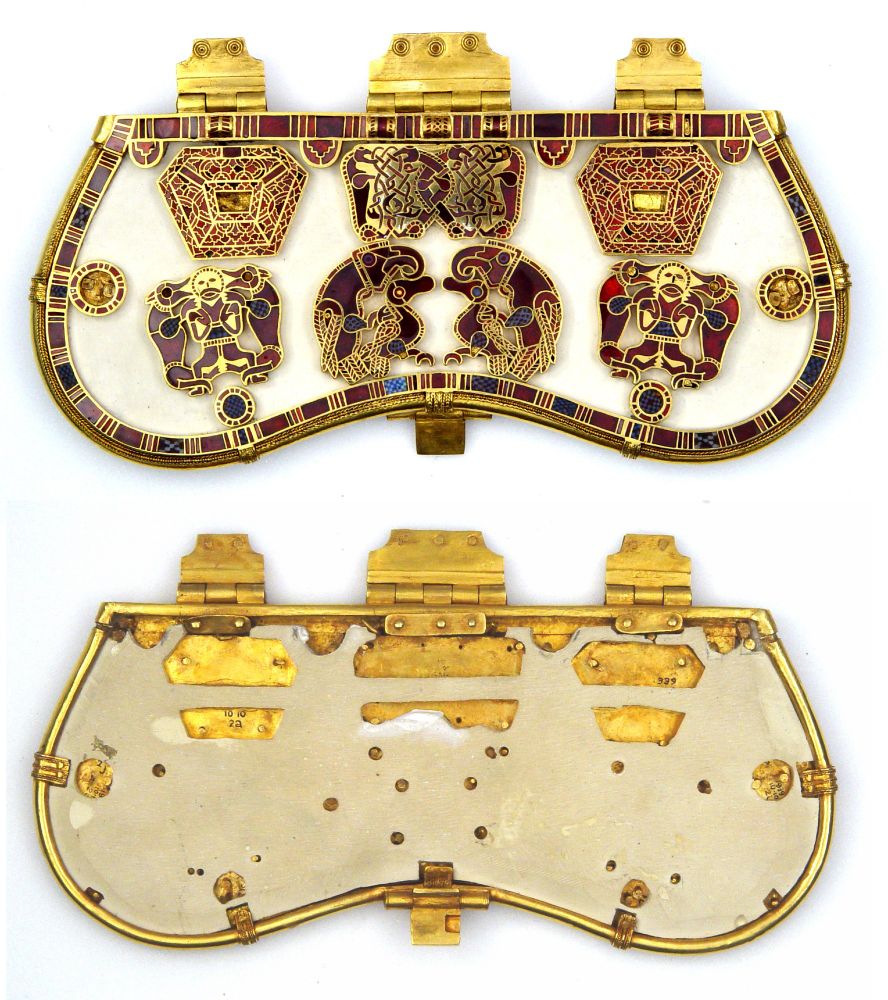
Mound 1 had even more - 26 hinges across 19 objects, plus buckets, hanging bowels, imported vessels. Some of the hinges - the purse lid (pictured), the shoulder clasps, and the strap distributor - are not buckles. Non-buckle hinges seem to be rare.
They are mostly high status, precious objects...
...so these are perhaps lower status, but still elite items, including the double-ended buckle pictured above, of which several are known, but none quite like this one.
The style and production methods of these items are quite distinct, and I'm hoping to find more examples of them.
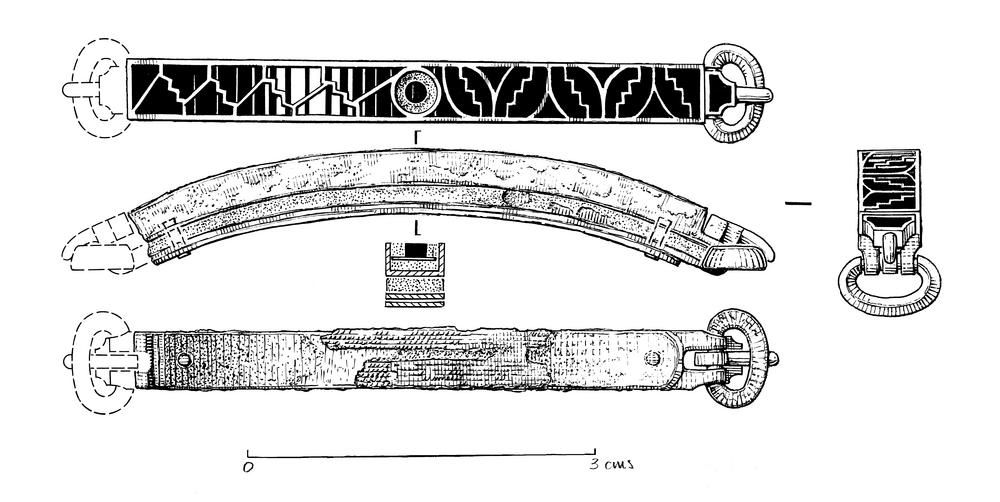
Sutton Hoo is interesting because it contains 2 burials with a lot of hinges. Mound 17 was a horse and rider burial, accounting for some of the 15 buckles (plus a bucket and a cauldron), but not all of them.
The buckles include a lot of iron and copper alloys, with garnets and gilding too...
Why are hinges important? Most of them are simple, and typical for their context. A handful are more complex and/or unusual. In many cases, there are associations with elite ownership and precious materials.
I suspect that there are connections between some of them and I am (slowly) working on that
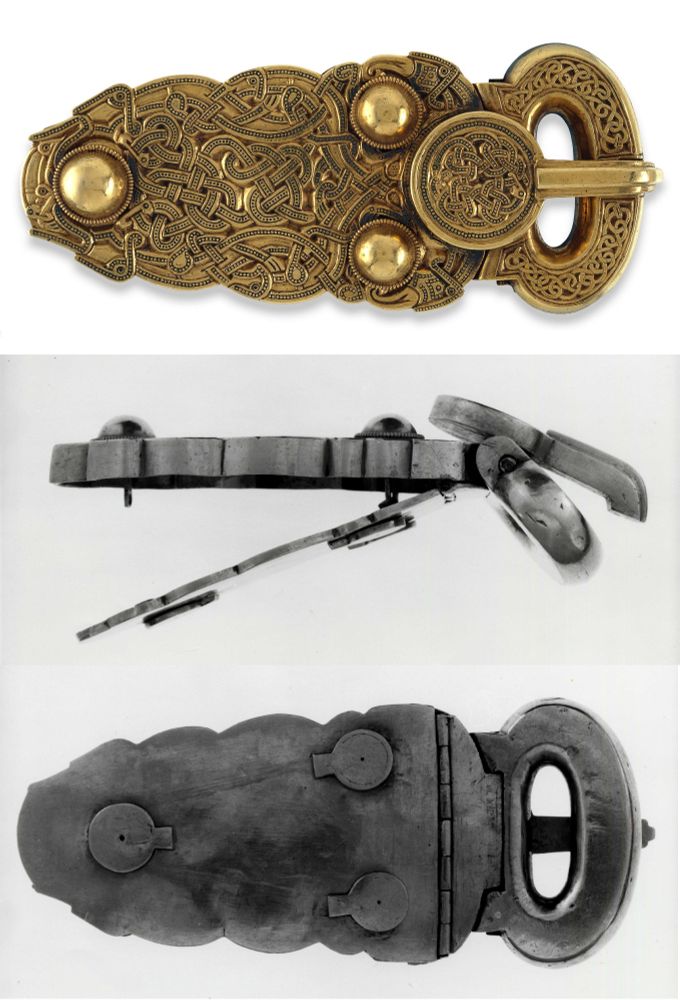
The Great Gold Buckle from Sutton Hoo, three different views showing unusual features. There are two completely different hinges. One is for the loop, and the other is for a hinged backplate that fastens with three sliding clips.
Early Medieval hinges. I wrote a paper about the hinges from Sutton Hoo: digital.kenyon.edu/perejournal/...
The Great Gold Buckle (picture) was the inspiration for that paper and is still at the centre of my research, as it combines several unusual features.
#earlymedieval #archaeology
One like, one history opinion
25.07.2025 18:14 — 👍 205 🔁 9 💬 3 📌 44
Delighted to say that I've been awarded a British Academy Mid-Career Fellowship for 2025-26, and we are hiring a 1-year full-time lecturer in early medieval history to replace me. Deadline 7 August. Please get in touch with me if you have any questions about the role! jobs.kent.ac.uk/Vacancy.aspx...
24.07.2025 16:55 — 👍 83 🔁 54 💬 13 📌 2
We are particularly, but not exclusively, interested in how actors like bishops, clerics, monks and nuns, local administrators, state officials and landowners navigated the project to establish Christian orthodoxy on the ground. We propose a broad approach which encourages contributions that analyse administrative documents, ‘canon’, imperial or other legal and normative literature and juristic papyri, hagiographies, epistolography, narrative sources and epigraphic and archaeological evidence. How were doctrinal conflicts enmeshed within larger socioeconomic dynamics, i.e. of consumption, production and labour? How were economic or financial concerns deployed rhetorically in narratives attempting to establish or defend ‘orthodoxy’? How did the emergence, use and/or development of the concept of heresy affect relationships around ‘public’ or ‘private’ property, or vice versa? How did ecclesiastical and lay authorities approach questions regarding the administration of property in situations of doctrinal strife, to what ends and with what consequences? How did specific properties gain religious significance in these contexts, and how might this have affected economic relationships? How did the issues of property influence and were influenced by the questions of gender? We also welcome methodological or theoretical reflections on approaching the complex relationship between orthodoxy and economy in the late antique era. The resulting sessions will offer a space for discussion about the manifold unexplored economic dimensions of doctrinal conflict, orthodoxy and heresy in the late antique world. The sessions will have pre-circulated papers and we are aiming at publishing an open access special issue with the resulting articles. Please contact Dr Cinnamon Ducasse (cinnamon.ducasse@uni-erfurt.de) and Dr Mateusz Fafinski (mateusz.fafinski@uni-erfurt.de) with your proposed title and a short abstract (no more than 300 words) by 1st of September 2025.
It is this time of the year again! We are organising @imc-leeds.bsky.social sessions on orthodoxy and economy in late antiquity for the #IMC2026! Have a look at our CfP and come and join us next year!
Do get in touch and please share widely!
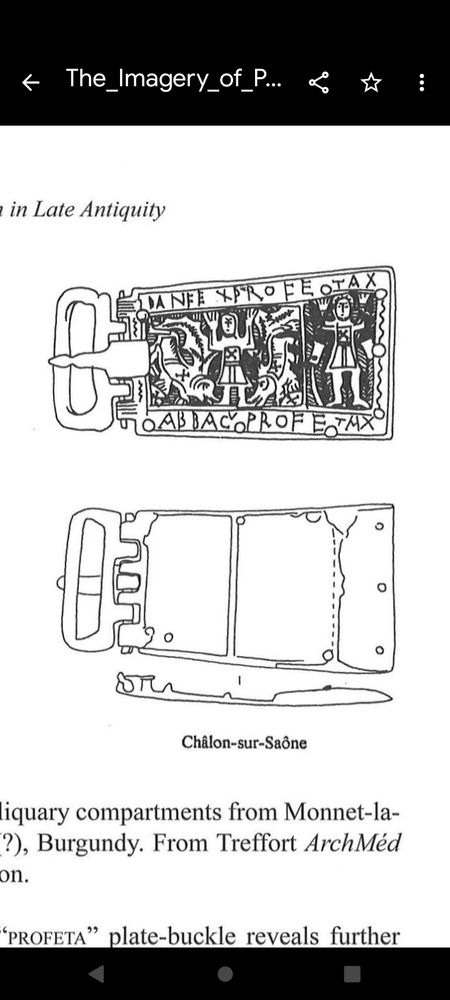
Interesting hinge here - a hinged backplate. I was aware that some buckles had a recess (purportedly for a relic), like the Great Gold Buckle from Sutton Hoo, but I hadn't realised that there were others with a hinged cover.
www.academia.edu/114647063/Th...
Beyond Sutton Hoo, these seem to be rare and scattered. I've been on a hiatus, but the next step will be looking at these examples, which often seem to be around the North Sea, but with possible influences including Roman, Byzantine, Scandinavian, Merovingian and Saxon.
18.07.2025 07:26 — 👍 1 🔁 0 💬 1 📌 0